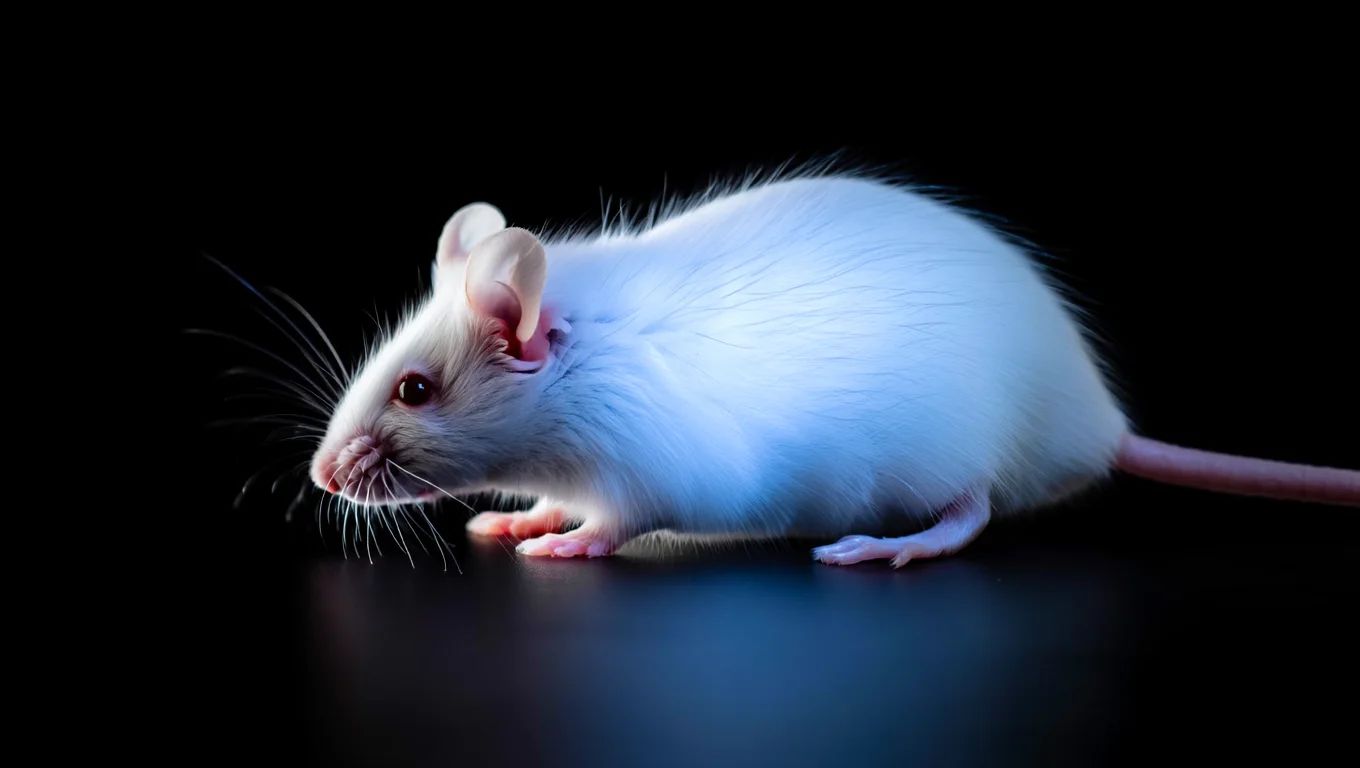Discovery: living beings emit a light that fades upon death 💡
Published by Cédric,
Article author: Cédric DEPOND
Source: The Journal of Physical Chemistry Letters
Other Languages: FR, DE, ES, PT
Article author: Cédric DEPOND
Source: The Journal of Physical Chemistry Letters
Other Languages: FR, DE, ES, PT
Follow us on Google News (click on ☆)

Canadian researchers have measured this Ultraweak Photon Emission (UPE) in mice and plants. Their work confirms that this phenomenon, linked to cellular activity, diminishes after death. A promising lead for medical diagnostics and biological research.
A glow linked to life
Living organisms produce an extremely faint light, detectable only with ultrasensitive instruments. This UPE is believed to result from biochemical reactions involving oxygen-reactive species.
In mice, researchers measured photon emission as long as the animals were alive, with detectable peaks in the paws and head. After death, this luminosity dropped by more than 90% within minutes, leaving only a weak residual signal around the previously active areas.
For plants, precise tests revealed that physical injuries (such as cuts) or chemical damage (exposure to oxidizing agents) caused an immediate increase in light emission. Leaves of Arabidopsis thaliana showed intensities up to 3 times higher in damaged areas, with the signal persisting for nearly 16 hours after injury.
These observations suggest a direct link between UPE and cellular metabolism. Researchers used CCD and EMCCD cameras to capture these photons. The results indicate that UPE could serve as an indicator of vitality or physiological stress.
Potential applications in medicine and agronomy
UPE offers a non-invasive method to study the state of living tissues. In medicine, it could help detect lesions or metabolic imbalances early.
In plants, injured areas emit more light, revealing their stress response. This technique could optimize crop management by quickly identifying signs of distress.
Future research will aim to understand variations in UPE under different types of stress. Its use in human clinical settings still requires further validation.
Going further: What is ultraweak photon emission (UPE)?
UPE refers to an extremely faint light emitted by living cells. It results from chemical reactions.
This emission, though too weak to be visible to the naked eye, can be measured with adapted technologies. It varies depending on metabolic activity and the stress experienced by the organism.
Why is this discovery important for science?
UPE could become an early diagnostic tool in medicine. It would allow visualization of cellular stress without invasive methods.
In agronomy, it could help monitor plant health. Further study could also shed light on poorly understood mechanisms, such as intercellular communication.